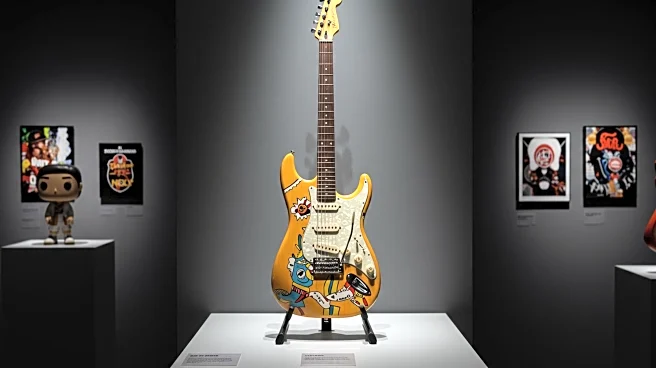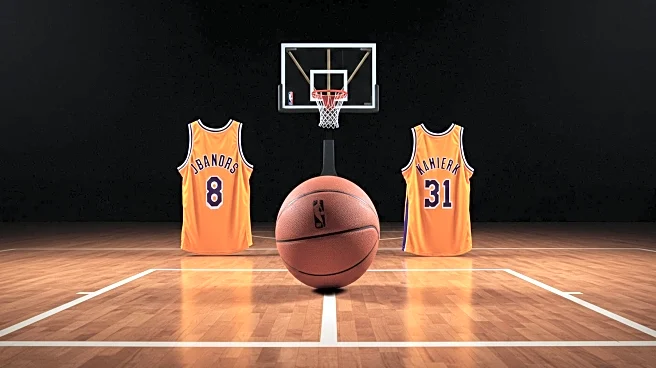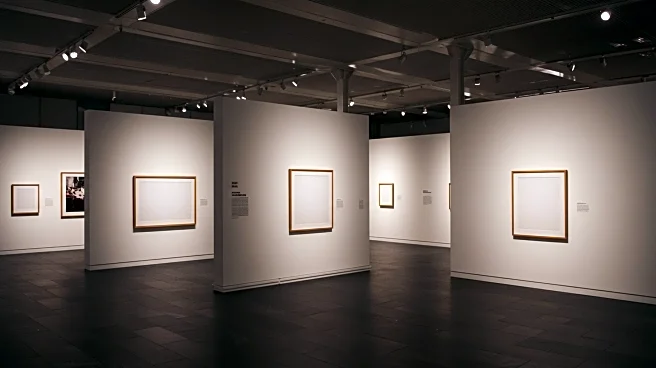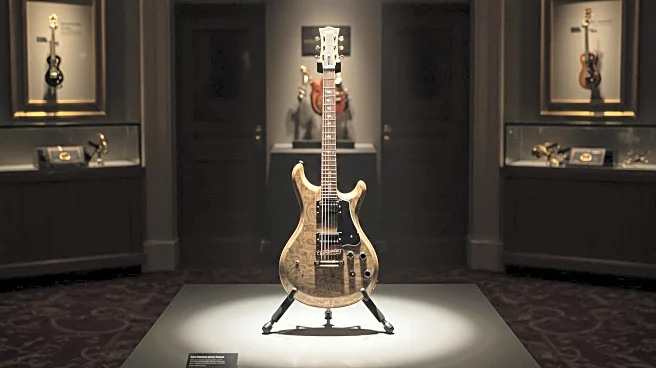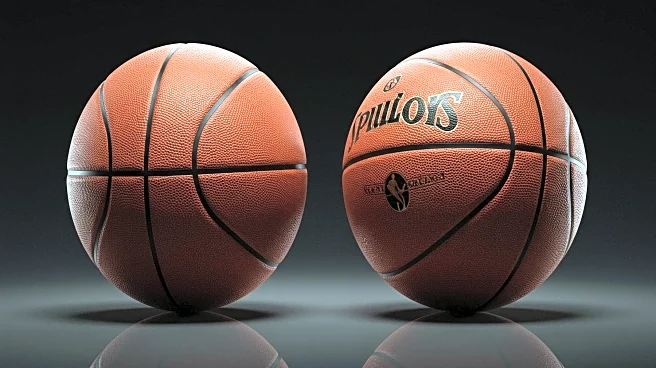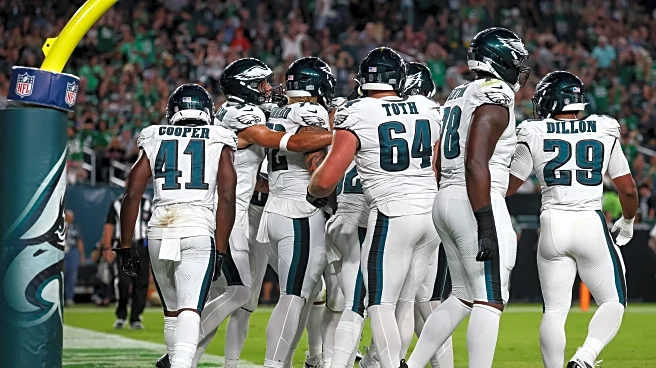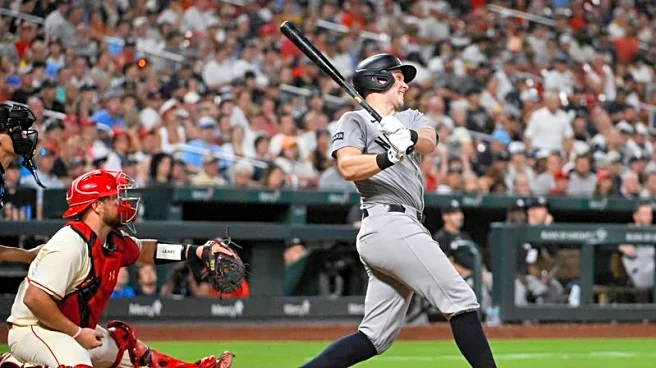What's Happening?
Sotheby's is set to auction Eddie Van Halen's custom-built 1982 Kramer guitar, estimated to fetch between $2 million and $3 million. This instrument, known for its distinctive red, black, and white abstract stripes, was used by Van Halen during performances in various cities including Philadelphia and Buenos Aires. The guitar, which has not been publicly seen for over 40 years, was later owned by Mötley Crüe's Mick Mars. The auction is part of Sotheby's inaugural 'Grails Week' in New York, a new sales series focusing on pop culture collectibles. This event will also feature other notable items such as Bob Dylan's original lyrics and the Rolling Stones' album cover artwork.
Why It's Important?
The auction of Eddie Van Halen's guitar highlights a strategic shift by Sotheby's towards luxury and pop culture collectibles, as traditional fine art sales have seen a decline. In the first half of 2025, major auction houses experienced a 44% drop in fine art sales compared to 2022. This has led to an increased focus on luxury items, which now account for over a fifth of sales by value at major auction houses. Sotheby's aims to strengthen its position in this growing market segment, leveraging the popularity of cultural memorabilia to drive sales and attract new audiences.
What's Next?
Sotheby's 'Grails Week' is expected to draw significant attention from collectors and fans of pop culture memorabilia. The success of this event could further solidify Sotheby's strategy to expand its offerings in the luxury and pop culture categories. Other auction houses may follow suit, increasing competition in this niche market. The outcome of the auction could influence future sales strategies and the types of items that are prioritized by major auction houses.
Beyond the Headlines
The shift towards pop culture collectibles raises questions about the evolving nature of value in the art and auction industry. As traditional art sales decline, the focus on cultural memorabilia reflects changing consumer interests and the growing importance of experiential and emotional connections to items. This trend may lead to a reevaluation of what constitutes 'art' and 'collectibles' in the modern market.


